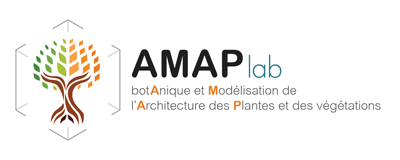Patterns of Plumericin Concentration in Leaves of Himatanthus tarapotensis (Apocynaceae) and Its Interactions with Herbivory in the Peruvian Amazon
Résumé
We explored the concentration patterns of the bioactive metabolite plumericin produced by Himatanthus tarapotensis (Apocynaceae) under different edaphic conditions and variations in rainfall intensity, as well as its potential role in the chemical defense against insect herbivores. Values of plumericin concentration from leaves were obtained by High-Performance Liquid Chromatography, and evaluated as a function of differences in soil types, variation of precipitation, and variation of the abundance of insect herbivores, using first a Repeated Measures Correlation (rmcorr) and then a Generalized Linear Mixed Model (GLMM) analysis. Plumericin concentration is highly variable among plants, but with a significantly higher concentration in plants growing on clay soil compared to that of the white-sand soil habitat (p < 0.001). Plumericin concentration is not affected by precipitation. The caterpillar of Isognathus leachii (Lepidoptera: Sphingidae) is the most conspicuous herbivore of H. tarapotensis, and its presence is continuous but not related to plumericin concentration, probably because of its capacity to elude the chemical defense of this plant. Nevertheless, our multivariate model revealed that plumericin concentration is related to the abundance of Hymenoptera (Formicidae), and this relationship is significantly influenced by the soil parameters of carbon percentage, clay percentage, and phosphorous percentage (p < 0.001). Plumericin is a mediating agent in the interaction between H. tarapotensis and its natural environment. Variation in plumericin concentration would be induced by the abundance of Hymenoptera (Formicidae), probably as a chemical response against these insects, and by differences in soil nutrient availability
Origine : Fichiers éditeurs autorisés sur une archive ouverte


